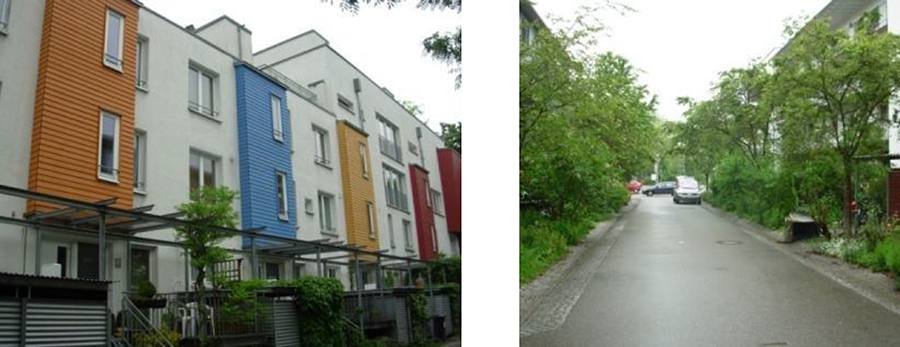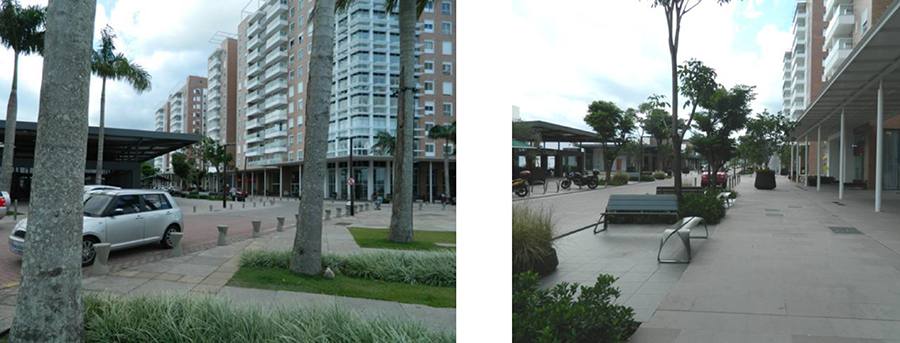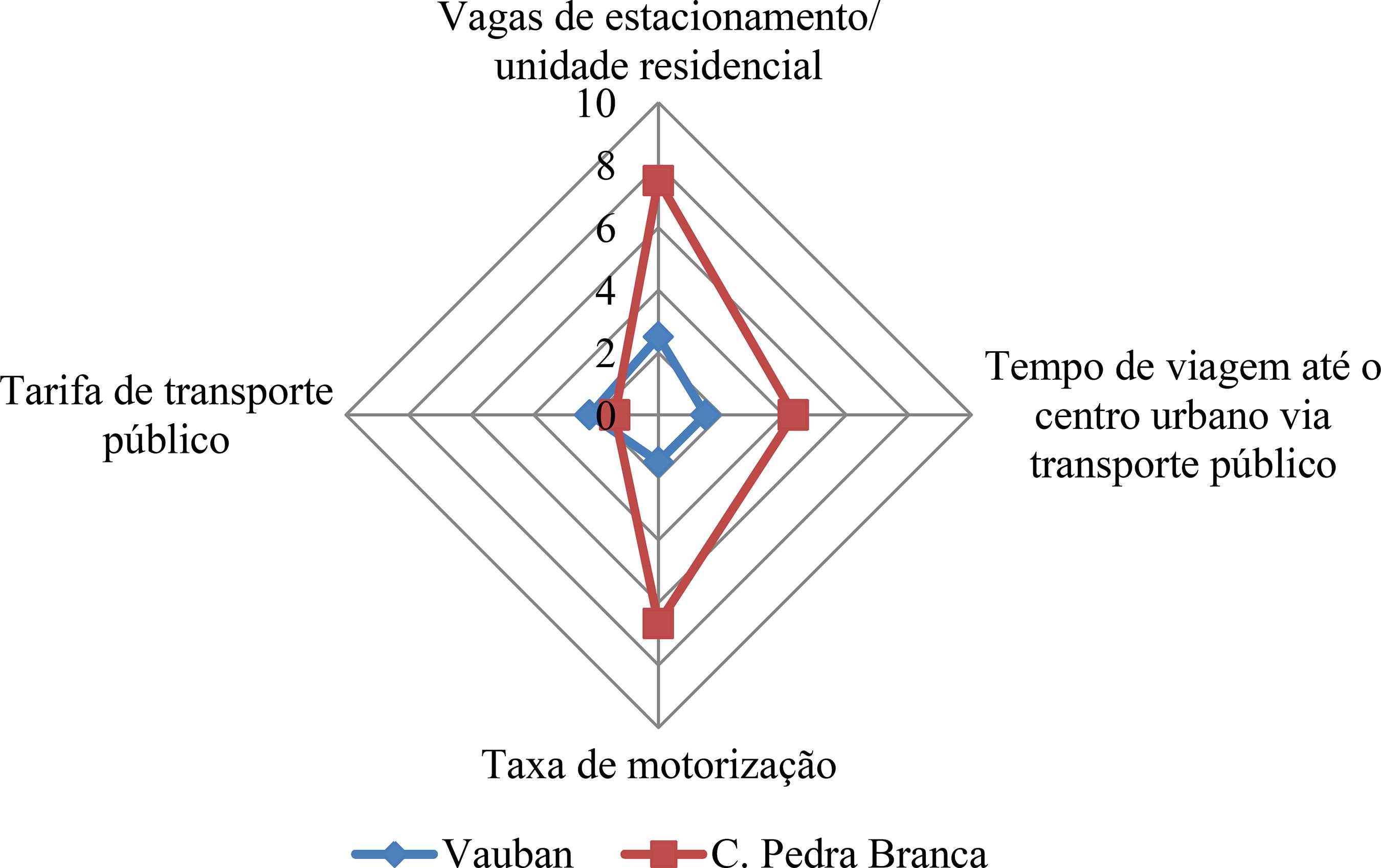Abstract
Urban areas can be considered as physical, functional and also energy systems, whose components present interdependencies that affect their metabolism, performance and efficiency. The purpose of this article is to analyse, in a comparative and multi-criteria method, urban sustainability strategies at a neighbourhood scale, using two case studies: Cidade Pedra Branca (Palhoça, Brazil) and Vauban (Freiburg, Germany). Parameters and indicators on governance, urban morphology, urban mobility and accessibility, as well as energy efficiency and energy supply were identified, systematized and analysed for their potential to solve technical, social, economic, environmental and /or institutional challenges. The results showed that urban planning at a neighbourhood scale could certainly contribute to improve the living conditions of urban communities and assist municipalities to manage and integrate different sectors. Besides, the most promising strategies have shown to be: strong governance carried out by the public sector or building owners to control schedule and quality of urban development projects; application of integrated strategies to enable more suitable urban transport systems; and enhancement of both energy demand and supply to achieve a higher overall energy performance and increase the use of renewable and local energy systems.
Keywords:
Urban sustainability; District; Multi-criteria analysis; Urban morphology; Urban mobility; Energy efficiency; Governance










